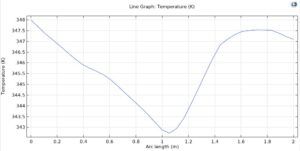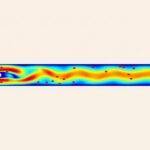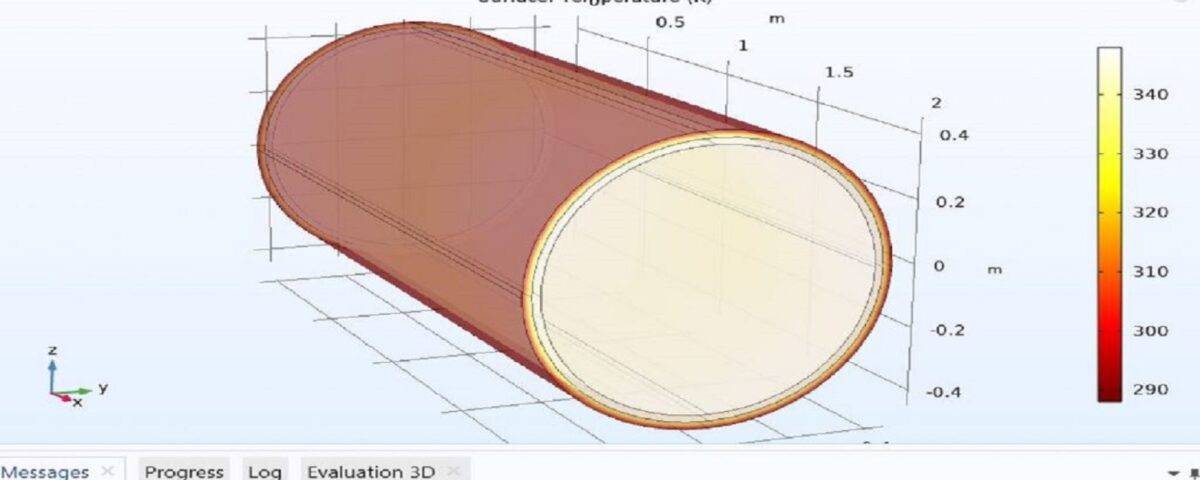Introduction
Subsea gas pipelines play a critical role in the offshore oil and gas industry, transporting valuable resources from subsea fields to onshore processing facilities. The design and optimization of these pipelines present numerous challenges, including high pressures, varying temperatures, and the unique characteristics of underwater environments. Among the most significant challenges is the simultaneous management of momentum and heat transfer within the pipeline, which directly impacts system performance and efficiency.
Comsol Multiphysics, as an advanced multiphysics simulation tool, can model complex heat transfer and momentum processes in various environments. By creating detailed models and considering parameters such as temperature, pressure, and flow rate, Comsol provides a suitable environment for analyzing subsea gas transportation systems.
The Growing Importance of Subsea Pipelines
The increasing global population, technological advancements, and the need for energy, coupled with depleting onshore resources, have driven humanity to explore the oceans and seas for energy sources and The offshore industry has evolved to meet these demands by developing technologies for exploring, extracting, and transporting oil and gas.
Subsea pipelines are a crucial component of the offshore industry. Their design and installation play a vital role in the development of offshore fields. Various methods have been developed for designing and installing subsea pipelines, considering factors such as water depth and operational area. Currently, the design, construction, and installation of gas transmission pipelines in offshore areas, serving as the primary artery for transporting sour gas from the South Pars gas field to processing and refining units, are in various stages of development and constitute a fundamental pillar of this gas field’s development.
Modeling of Momentum and Heat Transfer in Subsea Gas Pipelines with Comsol
The design of offshore pipelines is significantly more complex compared to onshore pipelines. Numerous parameters and influencing factors must be considered during the design process. Among these, the design of the near-shore section of subsea pipelines is particularly challenging due to natural phenomena such as strong hydrodynamic forces, alongshore currents, significant sediment transport, and variable weather conditions, as well as human factors such as ship traffic, fishing activities, anchoring, and the possibility of heavy objects falling into the water.

In this project, the modeling of a sea bed pipe that is transporting gas from the Kangan gas fields has been done with Comsol software, and momentum and heat transfer have been investigated in it.

This project is simulated in Comsol software.


